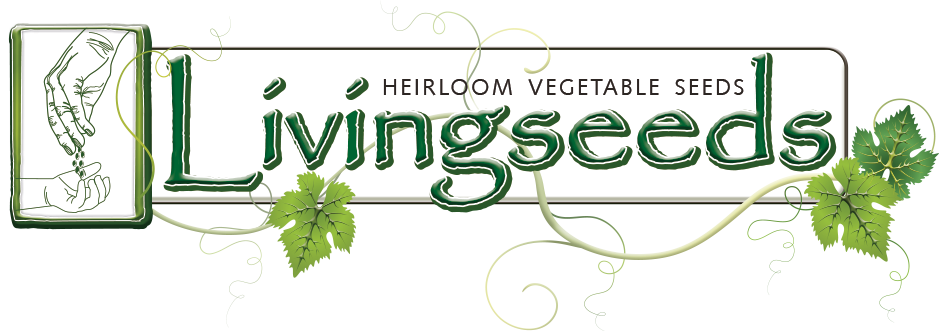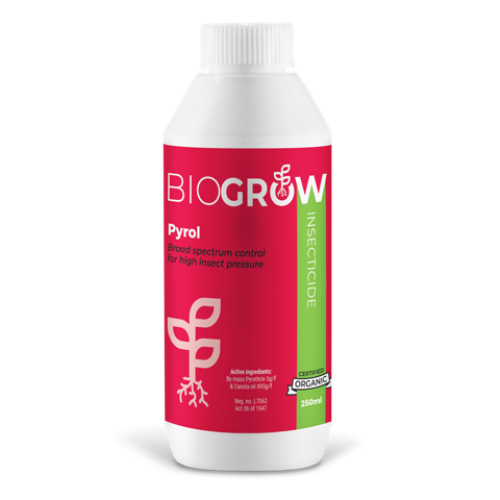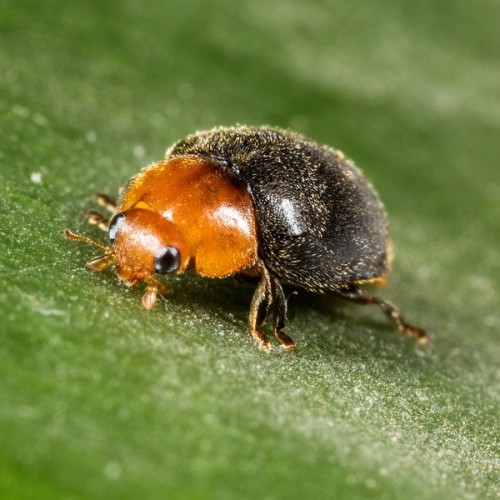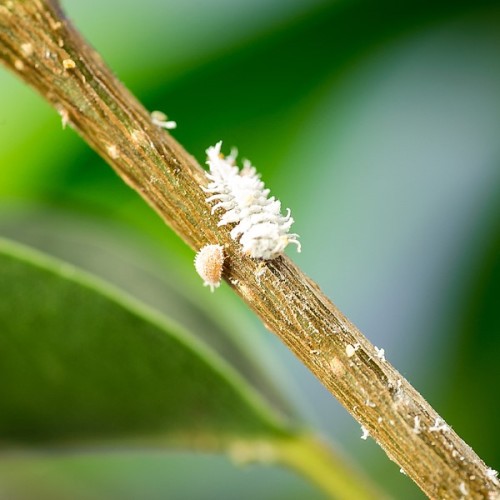Scale Insects
Coccoidea (Scale Insects)
Scale insects are small, sap-sucking pests that attach themselves to stems, branches, leaves, and fruit of many plants. They are often covered in waxy or hard shells, making them difficult to spot until populations grow large. Scale insects feed by piercing plant tissues and extracting sap, causing yellowing, stunted growth, leaf drop, and reduced fruit quality. Their honeydew secretion encourages sooty mould growth, further weakening plants. Both soft scales, like the cottony cushion scale, and hard scales, such as red scale, pose serious threats to fruit trees, ornamentals, and succulents commonly grown in South African gardens.
Controlling scale insects effectively requires a combined approach targeting multiple life stages. Prevention and early detection through regular inspection can keep infestations manageable. Maintaining plant vigor through balanced fertilization and watering helps plants better withstand attacks.
Biological control is a key pillar. The predatory beetle Cryptolaemus montrouzieri, often called the mealybug destroyer or cryptobug, feeds on scale insects as well as mealybugs, attacking both adults and immature stages. Encouraging natural predators such as ladybirds and lacewings also helps reduce scale populations.
Organic sprays such as Biogrow Bioneem, Pyrol, and Neudosan are effective contact insecticides. These disrupt the feeding and development of scales and work best when applied thoroughly to cover all infested surfaces.
-
Beneficial Insects
-
Cryptolaemus montrouzieri: Predatory beetle effective against soft and hard scale insects.
-
-
Organics
-
Biogrow Bioneem: A neem-based botanical insecticide that disrupts scale insect feeding and development.
-
Pyrol: A natural pyrethrin-based insecticide effective against soft-bodied pests including scales.
-
Neudosan: A fatty acid potassium salt contact spray that kills scale insects on contact.
-
Cultural controls such as pruning heavily infested branches and avoiding excessive nitrogen fertilization reduce scale outbreaks. Combining these methods provides sustainable management of scale insects while protecting beneficial insect populations.
Biogrow Bioneem
Biogrow's Bioneem is a botanical biopesticide made from the seeds kernels of the Neem tree. The act..
R170.21
Biogrow Neudosan
Neudosan is formulated using potassium salts of fatty acids. A natural organic contact insecticide t..
R142.91
Biogrow Pyrol
Pyrol is a certified organic, broad spectrum, contact insecticide that kills all stages of insects. ..
R229.38
Cryptobug Adult
Scientific name: Cryptolaemus montrouzieriOriginating from Australia, this ladybird was first used a..
R2,442.03
Cryptobug Larvae
Cryptolaemus montrouzieriCryptolaemus montrouzieri can also prey on soft scales and aphids, however ..
R2,497.20





